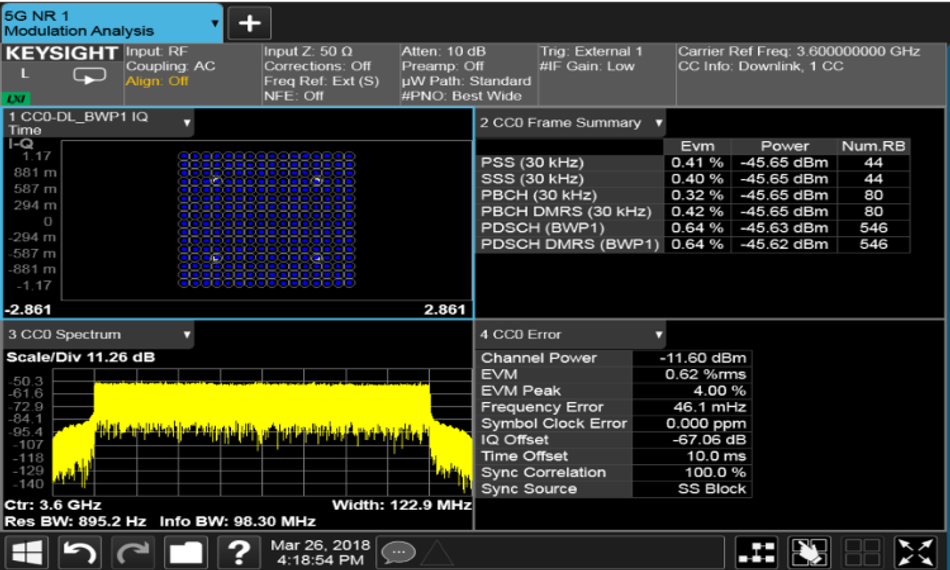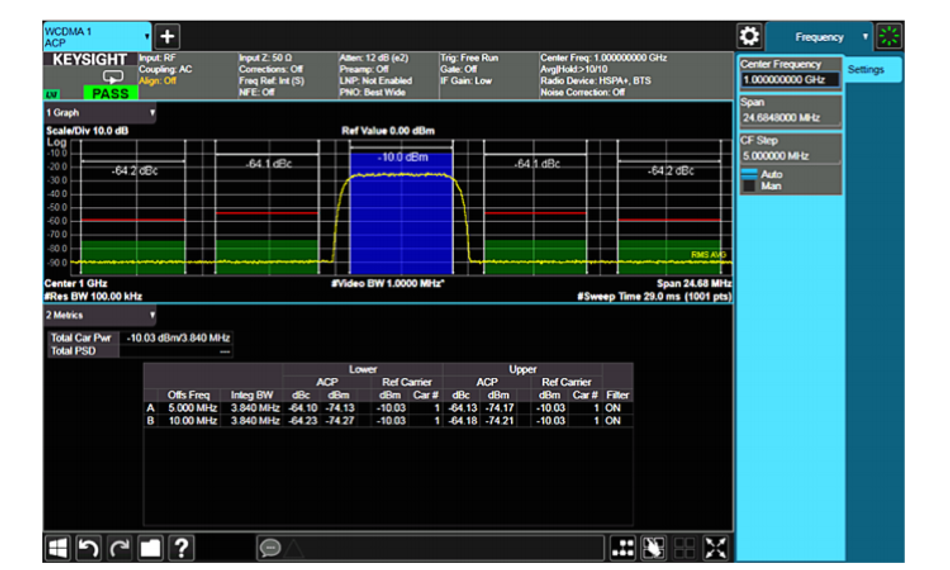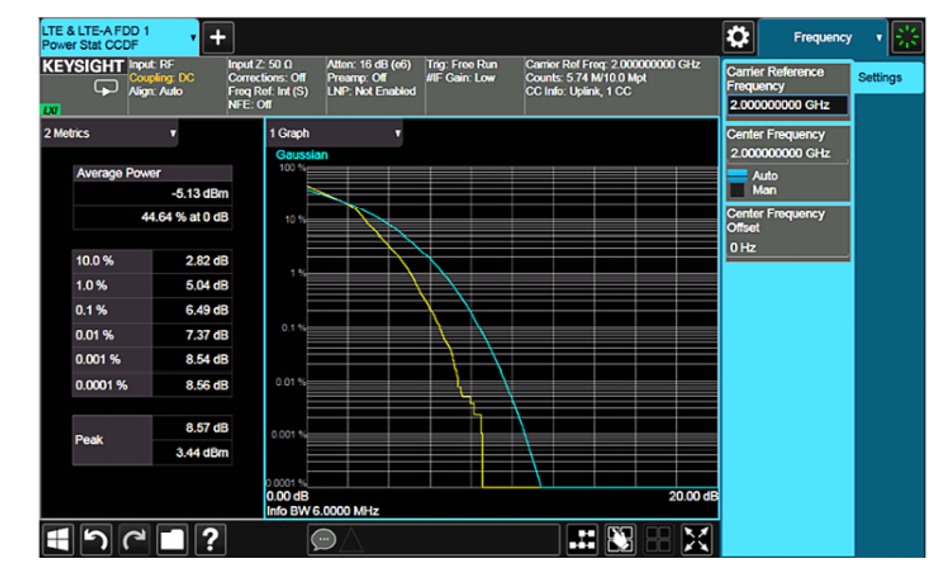Three Advanced Power Measurements to Expect from Your Modern Signal Analyzer
Analyzing the frequency spectrum and accurately determining a signal’s value and characteristics, such as magnitude and phase, are of critical importance in modern technology using wireless techniques.
Analyzing the frequency spectrum and accurately determining a signal’s value and characteristics, such as magnitude and phase, are of critical importance in modern technology using wireless techniques.
In addition to those parameters, other measurement requirements are starting to surface to allow a full characterization of the signal under test.
Modern signal analyzers can perform operations such as phase noise, power, distortion, demodulation analysis, and more. These measurements are available as built-in measurement software or changeable application software that can be installed later.
In the first part of this blog, we will highlight top 3 measurements that open a new chapter in characterizing the power of your device.
1. Adjacent Channel Power (ACP) Measurements:
Although classic measures of spectrum power performance, such as Third Order Intercept (TOI) or 1-dB Gain compression are all of great importance, with the tremendous growth of digital communication systems, other measures of power have become increasingly of interest. For example, ACP measurements are often done in Code-Division Multiple Access (CDMA)-based communication systems to determine how much signal energy leaks or “spills over” into adjacent or alternate channels located above and below a carrier. ACP measures the way a center channel and its two adjacent channels distribute power (Figure 1). You can measure up to six channels on either side of the carrier at a time. Many signal analyzers now have these built-in functions available. You simply specify the channel bandwidth and spacing, then press a button to activate the automatic measurement.
Typically, people are most interested in relative difference between the signal power in the main channel and the signal power in the adjacent or alternate channel. Depending on the particular communication standard, these measurements are often described as Adjacent Channel Power Ratio (ACPR) or Adjacent Channel Leakage Ratio (ACLR) tests. Engineers often use these terms interchangeably to represent the ratio of power between the main channel and the channels around it. Because digitally modulated signals and the distortion they generate are very noise-like in nature, the industry standards typically define a channel bandwidth over which the signal power is integrated. To accurately measure ACP performance of a Device Under Test (DUT) such as a power amplifier, the spectrum analyzers must have better ACP performance than the device being tested. Therefore, spectrum analyzer ACPR dynamic range has become a key performance measure for digital communication systems.
2. Complementary Cumulative Distribution Function (CCDF):
CCDF shows power statistics by computing the power complementary cumulative distribution function from a time domain signal. It is a significant measurement capability increasingly found in modern signal analyzers (Figure 2), to show the percent of time a signal spends above the average power level of the measured signal. As an example, this information is important in power amplifier design, where it is important to handle instantaneous signal peaks with minimum distortion while minimizing cost, weight, and power consumption of the device.
3. Characterizing the Power of Digital Modulation Signals:
The common wireless communication systems used throughout the world have prescribed measurement techniques defined by standards development and governmental regulatory organizations. X-Series signal analyzers, however, enable a wider variety of measurements for wireless communications standards, such as: Average/peak output power, Modulation characteristics, Initial carrier frequency tolerance, Carrier frequency drift, Band/channel monitoring, Modulation overview, Output spectrum, 20-dB bandwidth, Adjacent channel power, 5G LTE/LTE-Advanced, WLAN, Multi-standard radio (MSR), GSM/EDGE, W-CDMA, HSDPA, cgdma2000, 1xEV-DO, 1xEV-DV, cdmaOne, NADC and PDC, and TD-SCDMA measurements.

Keysight’s modulation hardware and software capabilities on the X-Series signal analyzers, enable nonstandard proprietary systems or the early stages of proposed industry-standard formats, that need more flexibility to analyze signals under varying conditions (Figure 3).
$300,000 in test gear prizes up for grabs.
Accurate test gear accelerates innovation – so don’t miss Keysight University Live from the Lab. Join us for an exclusive sneak peek at the never-before-seen test gear, tips from industry vets, and a chance to win prizes like oscilloscopes, RF, and bench equipment. Gear up now…


